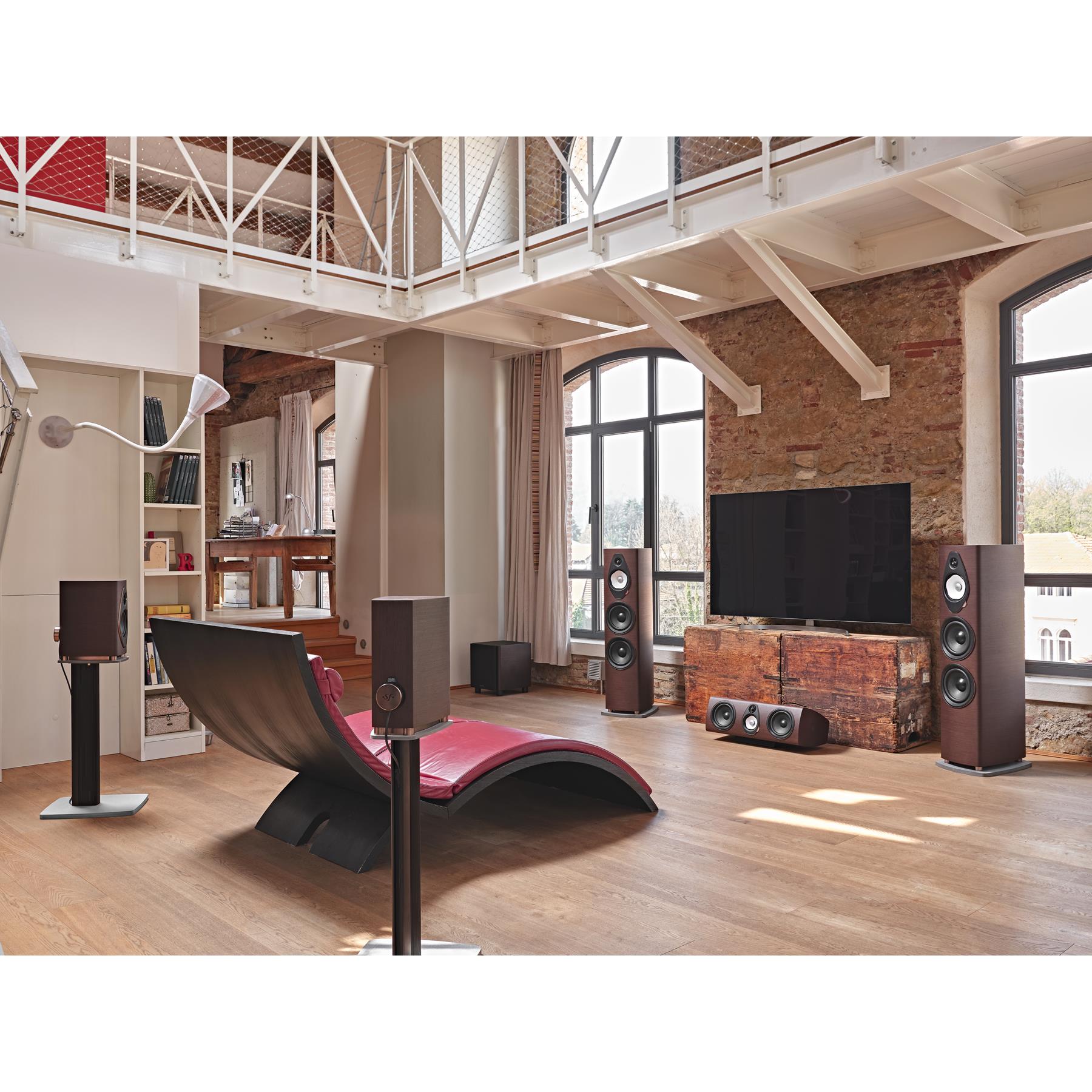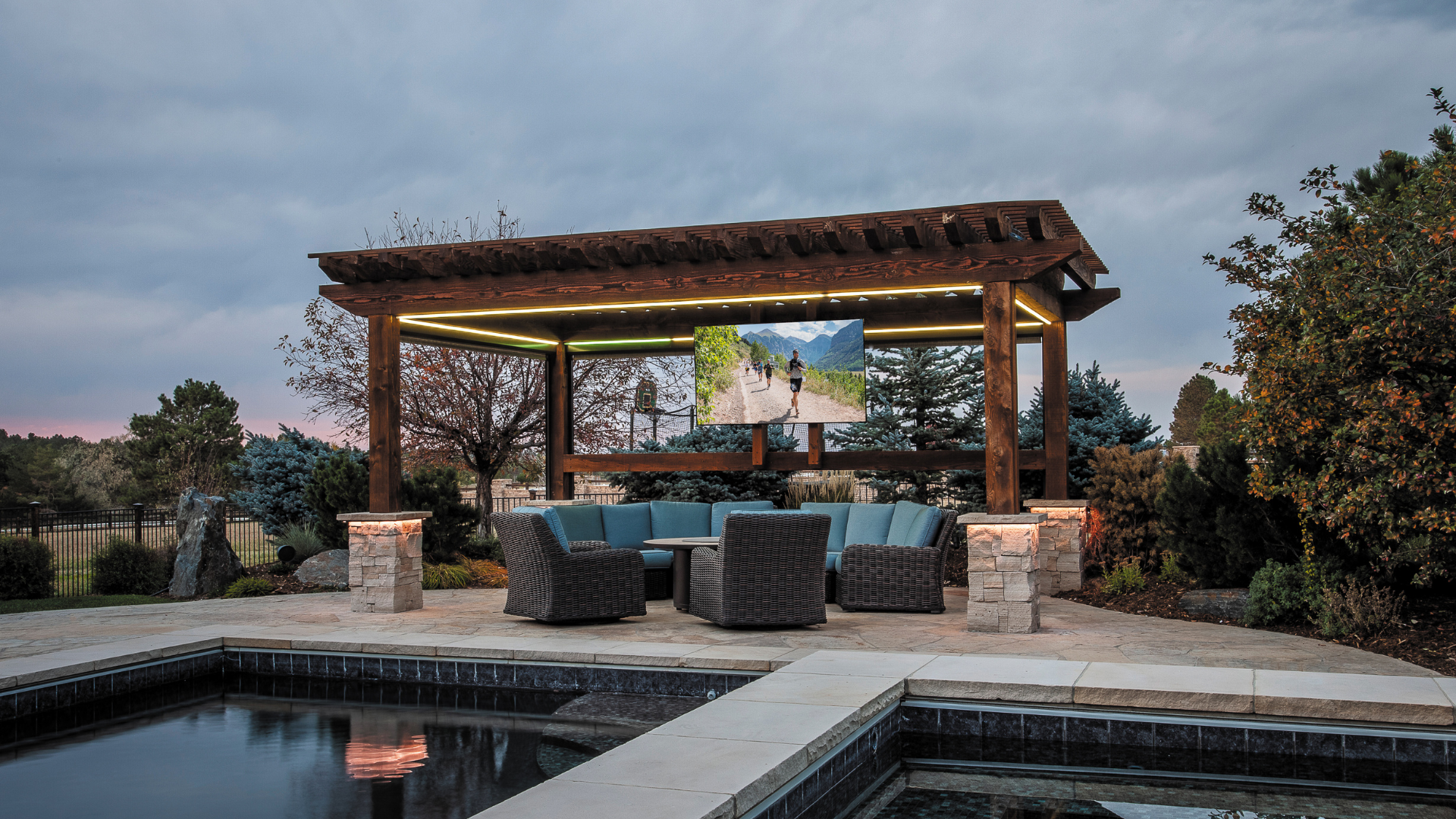5 Things to Consider When Choosing a Subwoofer
May 26, 2021
Adding a subwoofer is perhaps the most noticeable and thrilling addition you can make to a home theater or HiFi system. With such a wide range of subwoofer sizes, shapes and designs from SVS and other brands, choosing the best model can seem daunting. Were here to help remove the guesswork with important things to consider as you begin your journey to bass nirvana.
This is often the first question people ask when deciding to purchase or replace a powered home subwoofer. Despite the popular myth, its not as simple as choosing sealed if your listening preferences skew towards music and ported if they lean towards home theater. To know which type of subwoofer is best for you, these are the performance and design characteristics that differentiate ported and sealed models.
Visual Impact Relative to driver size, sealed subwoofers are generally more compact and often come in cube designs that blend easier into listening rooms with less visual impact and floor space required. The extra cabinet space in ported subwoofers allows them to play slightly deeper and louder.
Room Size Ported subwoofers produce higher peak dynamic output, thus have an edge in larger rooms where less room gain is present, especially with demanding playback material. Room size can always be mitigated by going dual or adding more subwoofers so it doesnt rule out a sealed model.
Sound OK, so its partially true, a sealed design is often described as tighter and more articulate, which is ideal for critical music listening. And yes, ported subwoofers can reach lower on the frequency spectrum and play back the most demanding content with more vigor, but its not the only consideration. Ported subwoofers can be incredibly musical just like sealed models can provide palpable bass, its more about a preference towards one sound over the other than a hardened rule.
Playback Levels A ported subwoofer has the advantage when challenged with intense deep bass effects, especially with Blu-rays and formats with demanding cinematic LFE tracks. A sealed subwoofer can definitely produce concert and cinema level bass at high volumes, but its strength is transient speed and accuracy.
Room size and layout has a major influence on performance of your subwoofer. Large rooms with open floor plans and vaulted ceilings will require a more powerful subwoofer with a 12+ inch driver to energize the space properly. Ported models with RMS power ratings of 750+ watts are best equipped for very large spaces.
A compact office, bedroom, den, or living room are better suited for more compact models with lower RMS power ratings in the 325-500 watt range. In fact, small-medium sized rooms can actually benefit from a phenomenon with sealed subwoofers called room gain which uses sound waves to increase output at low frequencies.
In addition to room size, the system playback level has a significant influence. If you like to push the system to extreme volumes (like an IMAX theater) and want to feel the bass on demanding action and sci-fi movies and chest-thumping musical basslines, consider a model with a larger driver and higher RMS and peak amplifier power. Conversely, if you listen at more moderate levels, a more compact and less powerful model can deliver a no-compromise experience and will also be easy to integrate in your room.
Here is a good place to remind you that you can always contact ListenUp for an expert consultation and system evaluation to make sure you are choosing the best subwoofer for your speakers.
Some level of common sense should be applied when matching a subwoofer to speakers. For instance, you would never match the earth-shaking, 2,500 watts RMS SVS PB16-Ultra Subwoofer with a pair of compact satellite speakers. The vast difference in dynamic output makes them a poor match. It would be much more logical to blend small satellite or bookshelf speakers with a compact sealed subwoofer like the SVS 3000 Micro, 1000 Pro, or 2000 Pro.
Conversely, if you have large, full-range tower speakers in a big space, it would be appropriate to have a larger, more powerful subwoofer, or even multiple subwoofers. Factoring in the ported vs. sealed considerations as well to determine which is best.
Other factors come into play as well. If you have speakers with below average low frequency extension, you may want to overcompensate by getting a more powerful subwoofer. Additionally, if you have incredibly fast speakers, like electrostatics, a sealed subwoofer would match best because of its excellent transient response and musicality.
Successful room and dcor integration is often a high priority. Below are a few common issues to consider.
Overall Size/Footprint A subwoofer needs to fit into the allocated location without affecting traffic patterns. For planning purposes, use the real world footprint of the subwoofer, which includes the grille and some extra space for the power cord and signal cable when checking dimensions.
Finish Options Finishes are often limited for subwoofers but that doesnt mean they cant look beautiful. Piano gloss black or white is popular. Both are gorgeous and perfect for upscale listening areas. Consider durable black ash/oak wood grain finishes for high-traffic areas with kids and pets or to match a classic wood look. In dedicated home theaters where the lights are dimmed, lower reflectivity finishes will help minimize light glare.
If youre in the process of choosing a subwoofer for your home audio system or already own one and have wondered about the benefits of adding another, there are some important advantages of running dual subwoofers.
1. Smoother Frequency Response at more listening positions for accurate, chest-pounding bass in every part of your room without peaks (boomy spots) or nulls (dead spots).
2. Greater Dynamic Output/Headroom for effortless low frequency output that remains clear and precise even at extreme volumes.
3. Pinpoint Imaging for Stereo Bass in 2-channel systems for more convincing and immersive listening experiences.
4. Harder to Localize so bass never sounds like its coming from a subwoofer at a single point in space, but rather that the room itself is being energized with bass all around you.
5. Versatility in Placement options since two smaller subwoofers are often easier to place in a room than a single large one.
Adding a subwoofer is one of the most impactful and exciting ways to enhance your HiFi or home theater system. Have questions? Contact us today so we can get you on the path to bass perfection.

Available online and in-store at ListenUp, the Sonus faber Sonetto G2 Series Speakers are expected to start shipping July 2024. Contact ListenUp today to design a Sonus faber Sonetto G2 Home Theater System tailored to your specific needs.

ListenUp offers numerous solutions to bring your entertainment outdoors this season. With the latest all-weather TVs and speakers available, you can transform your deck, patio, gazebo, or pool house into an entertainment paradise. We cover our most popular options in this article.
placeholder